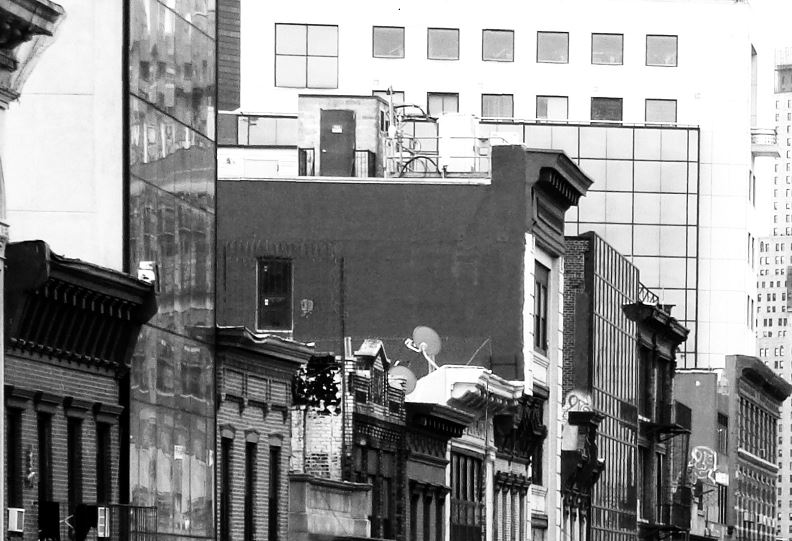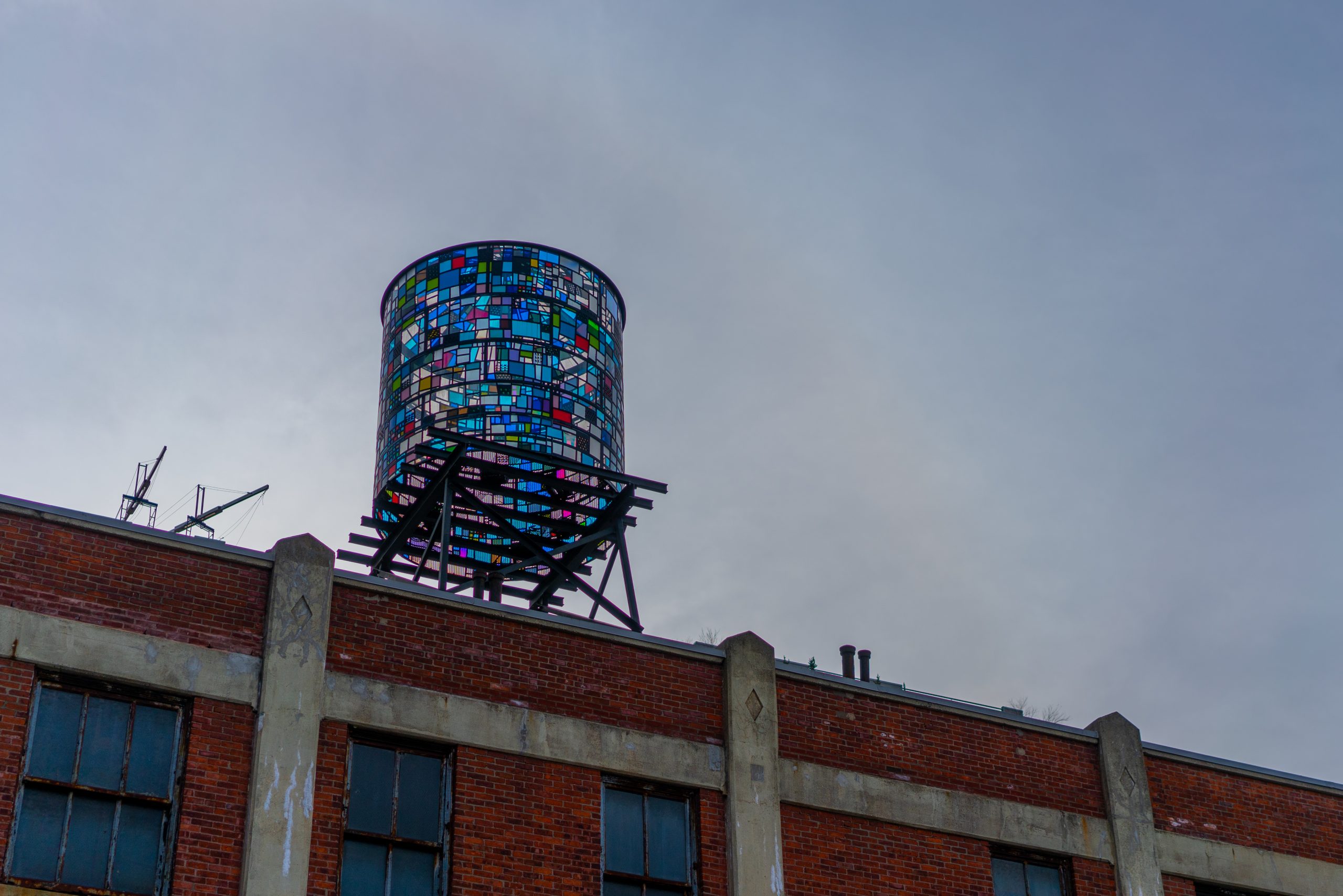NYC Multifamily Building Deals with “Hair on Them”
September 13, 2020
I am often hired to conduct Rent Stabilization Due Diligence analyses on “deals with hair on them”. I have come to understand that phrase to mean a deal with a great deal of risk. Someone using that phrase about a NYC multifamily building usually means that the building has been neglected by the current owner. The building is laden with HPD violations and needs physical work.
Also, hairy buildings almost always contain many Rent Stabilized units that have not been properly administrated. For example:
- The leases have not been properly renewed
- The registrations have not been properly filed with DHCR
- Records are missing
- The rents are often not legally defensible
- There are DHCR Rent Reduction orders
- Landlord has lost track of who occupies the units
- There is pending litigation
- Tenants have lost trust in ownership
- There are significant arrears
- The are apartments being treated as deregulated, which are still subject to Rent Stabilization
Before I accept such engagements, I give the project a quick look and, if it looks particularly “hairy”, I attempt to manage the expectations of the prospective client. “My job is to analyze. Not to people-please. If you (and your lenders, partners, investors, uncles, cousins, transactional lawyers, and general entourage) cannot handle the truth about this building, do NOT bring it to me…” Sometimes I wonder about all the business I would have if I was just…nicer…but I digress.
In the Fall of 2020, I did a Rent Stabilization Due Diligence on a 60-unit building in upper Manhattan. What was story-worthy about this project, however, was more than its mere existence during the Pandemic. There were ten apartments in the building that were allegedly deregulated in 2001.[fn1] There were no DHCR Rent Reduction Orders depressing and freezing the rents. The deregulation threshold in 2001 was $2,000. The rent rolls on record with DHCR prior to 2001, alone, did not support that rent level. In a building that size, the former owner could have added 1/60th of the Individual Apartment Improvements put into the units upon vacancy. That math really was not so crazy. Did the former owner truly spend $40k to $50k on each of these 10 units in 2001…? Gosh…that might not seem extremely likely. Given the address, however, neither is it impossible. But these deregs were also over eighteen years ago. There is a four-year look back period for the scrutiny of such matters, in the absence of indicia of fraud.
I have a survey of every case where fraud either did or did not overcome the statutory four-year look back period. Also, we got a great definition of fraud last spring from the Court of Appeals in Regina. When I held the subject building up to this backdrop, I did not see any fraud! Thus, my client was pleasantly surprised to hear that I concluded that there was a 75% chance that these 10 units were, indeed, deregulated, i.e., free market.
What’s the lesson? The lesson for me is that perhaps I have become too accustomed to always being the bearer of bad Rent Stabilization news. Maybe I am a little too pessimistic and jaded. Not every deregulation is indefensible. I need to always let the data lead me to a logical conclusion. Sometimes even I can be pleasantly surprised.
Respectfully submitted,
fn1. Some details changed to protect the innocent.






